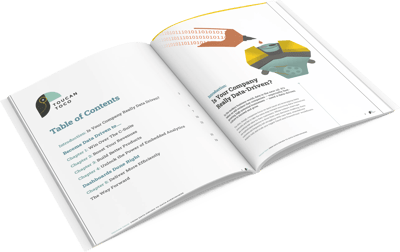Data Exploration - What is it ?
Data Exploration is the first step in data analysis. It consists in exploring a large set of unstructured data to discover initial trends.
Indeed, data is often assembled into large volumes of unstructured data from multiple sources. Data mining provides an initial overview.
Further analysis will be required to retrieve all relevant information from the dataset. The first trends and points of interest discovered can then be studied in more detail.
This simplifies data analysis, as searches can be focused and framed. Less relevant data can be eliminated from the process.
Several options exist for Data Exploration. It is possible to use manual methods, or automated tools such as Data Visualization, graphs or reporting.
Manual methods allow the user to detect broad trends and become familiar with the data. Microsoft Excel tables are among the manual tools used for data mining. They allow the user to create basic graphs to visualize raw data and identify correlations between variables using the CORREL() function.
Automated tools allow you to quickly sort through the data. There is a wide variety of automated tools, including business intelligence tools, data visualization software, data preparation software, or platforms entirely dedicated to data mining.
Data visualization is commonly used because it provides an intuitive and direct view of key trends. Again, this allows for an immediate first glimpse. Most data analysis software packages offer visualization and graphing tools to engage in data mining.
Several programming languages can be used for data mining, with their respective advantages and disadvantages. The most popular are Python (with the open source data analysis library Pandas) and R. Both languages are highly flexible and open source.
In general, R is considered more suitable for statistical learning. On the other hand, Python is the best choice for Machine Learning because of its flexibility for production. However, the choice of the best language always depends on the application and the tools and technologies available.
Data Exploration can be very useful when dealing with any massive dataset, to reduce its size to facilitate its management and direct analysis efforts. It can be used by organizations in all industries.
For this exploration, analysts often use data visualization software that quickly and simply shows the most relevant features of the dataset.
To understand the difference between Data Exploration and Data Storytelling.

Make data accessible to everybody


